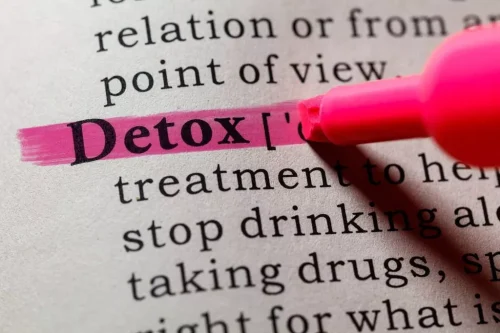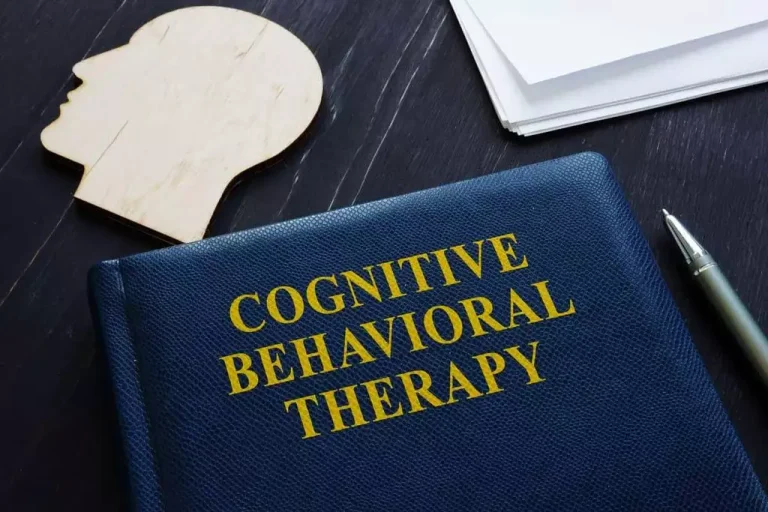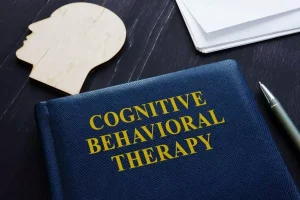
Detox occurs in addiction treatment before being ready for any transitional housing. The cost of living in a halfway house is typically covered by insurance, government funding, or the resident’s own funds. There are also some halfway houses that offer financial assistance to residents who cannot afford to pay the full cost of housing.
Canadian leads group pushing Vatican for zero-tolerance policy on abuse by clergy
Sober living houses will generally do check-ins with fellow residents who have assumed accountability roles, whereas halfway houses do check-ins with paid staff members who live off-campus. For the most part, residents live at a halfway house for about 3 months to a year. While halfway houses are utilized in the criminal justice system, they are not only for former prisoners. You can also speak with your doctor or healthcare professional for referrals to nearby addiction treatment providers and support services for addiction treatment. Use the SAMHSA program locator to find halfway houses in your area, or click here to learn more about treatment options.
Patient Care Network

Some halfway houses have shared bedrooms for two or three residents, while others provide larger rooms with bunk beds. These transitional opportunities aim to facilitate the transition to a healthy, law-abiding lifestyle, providing individuals with the necessary support and resources to navigate the challenges of their reentry journey. The amount of time you’ll stay at a halfway house varies, but most stays are between three to twelve months. This gives you enough time to get back on your feet, secure a steady job, and feel strong in your sobriety. Additionally, insurance coverage and other financial support are sometimes available to help with the cost. Some facilities require a minimum number of days of sobriety from substance abuse, but many will work with you to determine if you’re a good fit.

What Does Living in a Halfway House Involve?
On any given day in 2018, RRCs held a nearly full population of 9,600 residents. While regular population reports are not available, 32,760 individuals spent time in federal RRCs in 2015, pointing to the frequent population turnover within these facilities. It shouldn’t take exhaustive investigative reporting to unearth the real number of COVID-19 cases in a halfway house. But historically, very little data about halfway houses has been available to the public, even though they are a major feature of the carceral system. Even basic statistics, such as the number of halfway houses in the country or the number of people living in them, are difficult to impossible to find.

Industrial Property for Sale in Halfway House
- Some recovering addicts may struggle with too much freedom and need more of a residential rehab center’s structure.
- Sober living homes are not for everyone, but if you think it might be right for you or a loved one, reach out to your doctor or therapist to see if they’re able to recommend one for you.
- Contrary to the belief that halfway houses are supportive service providers, the majority of halfway houses are an extension of the carceral experience, complete with surveillance, onerous restrictions, and intense scrutiny.
- In our appendix table, we attempt to break down which of those 527 facilities fall under our “halfway houses in the criminal justice system” definition, and which facilities primarily serve other purposes.
- There are a million different opinions online, but when it comes to your life, health and wellness only peer reviewed reputable data matters.
Some halfway houses also have on-site Alcoholics Anonymous and Narcotics Anonymous meetings. Individuals who require more intensive addiction treatment can access outpatient medical services at a rehab facility while they finish their sentence at a halfway house. Prison systems in many states use halfway houses to help individuals re-enter society after incarceration.
- Some halfway house rules will be relatively universal, such as requiring clean breathalyzers and drug tests to remain living there.
- Board members often provided access to recreational, religious, medical, vocational, and transportation services, as well as assistance with obtaining gainful employment.
- The shift to a more punitive punishment philosophy from the 1980s through the end of the 20th century was manifested in determinate and mandatory minimum sentences.
- Other types of halfway houses, however, are supported through various means, including government grants and corporate funding; those that are run as non-profit entities may be supported by donations or foundation grants.
Mental Health Services
- Halfway houses are transitional living spaces for sober individuals who have either completed an addiction treatment program or finished serving time in prison.
- Dr. Hoffman is the Co-Founder and Chief Medical Officer of AddictionHelp.com and ensures the website’s medical content and messaging quality.
- Large aluminium windows fitted with safety glass not only allow ample natural light to flood in but also provide peace of mind.
Halfway houses are government-funded programs for former criminals and recovering addicts. Outpatient substance abuse treatment comes in a few different tiers, and some individuals attending outpatient treatment may also seek some form of recovery housing, such as a sober home. The government funds halfway houses and offers less privacy but more structure than alternative sober living communities. What’s more, halfway houses have a financial incentive to maintain full occupancy due to the conditions of contracts.
- Residents in sober-living homes commit to abstaining from substance use while participating in outpatient programming or after completing inpatient drug rehab.
- These facilities work with corrections departments to house individuals leaving incarceration, often as a condition of parole or other post-release supervision or housing plan.
- However, recent investigative reports suggest that the real numbers are even higher, as the BOP continues to underreport cases in RRCs and state-level data is nearly non-existent.
- The main goal of residential reentry centers, the term that the Federal Bureau of Prisons uses to describe halfway houses, is to reduce recidivism.
- Choosing a sober living home in Los Angeles for my son was the best decision I could have made.

Sober living is just like it sounds, Halfway House vs Sober Living a place to stay where you’ll have a supportive community and can start your new life free from alcohol or other drugs. Residents in sober-living homes commit to abstaining from substance use while participating in outpatient programming or after completing inpatient drug rehab. Other expectations can include rules on curfew, drug testing, cooperation, accommodating a sober living environment, sober house (no drugs), house meetings, and check-ins with staff members. The purpose of a halfway house is to provide transitional housing for people who need it most.
